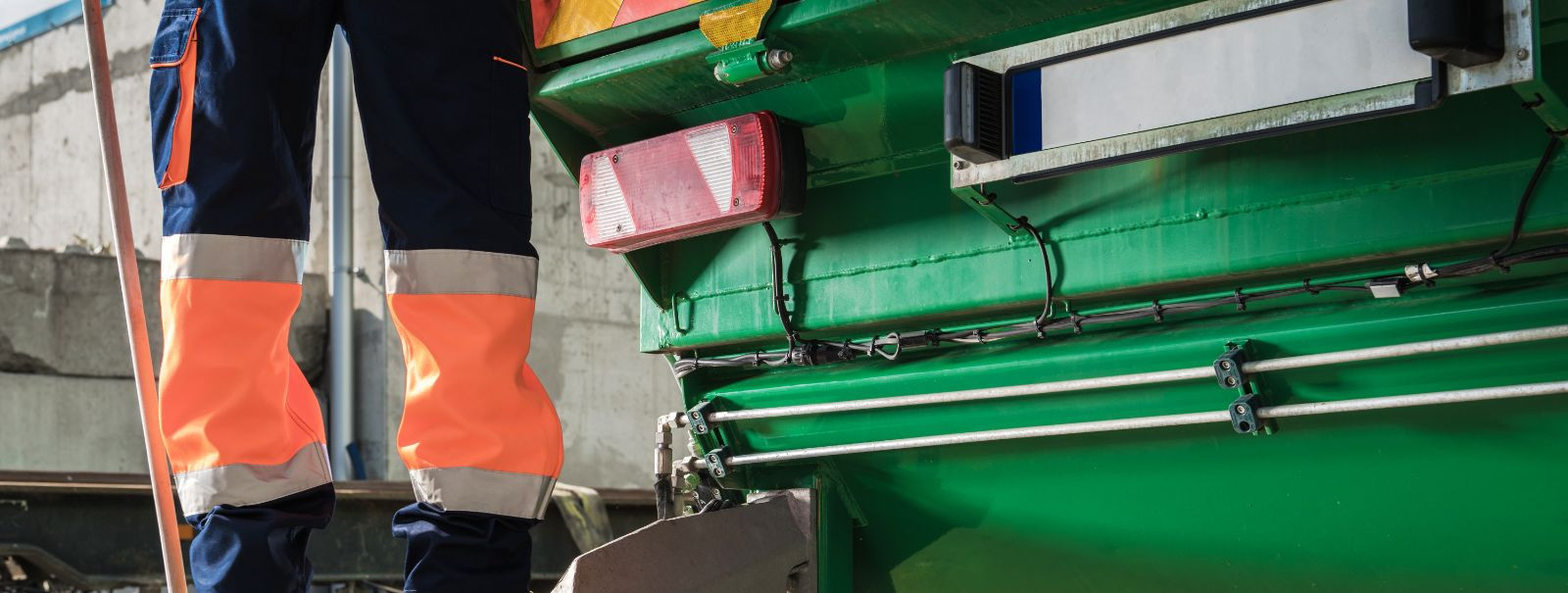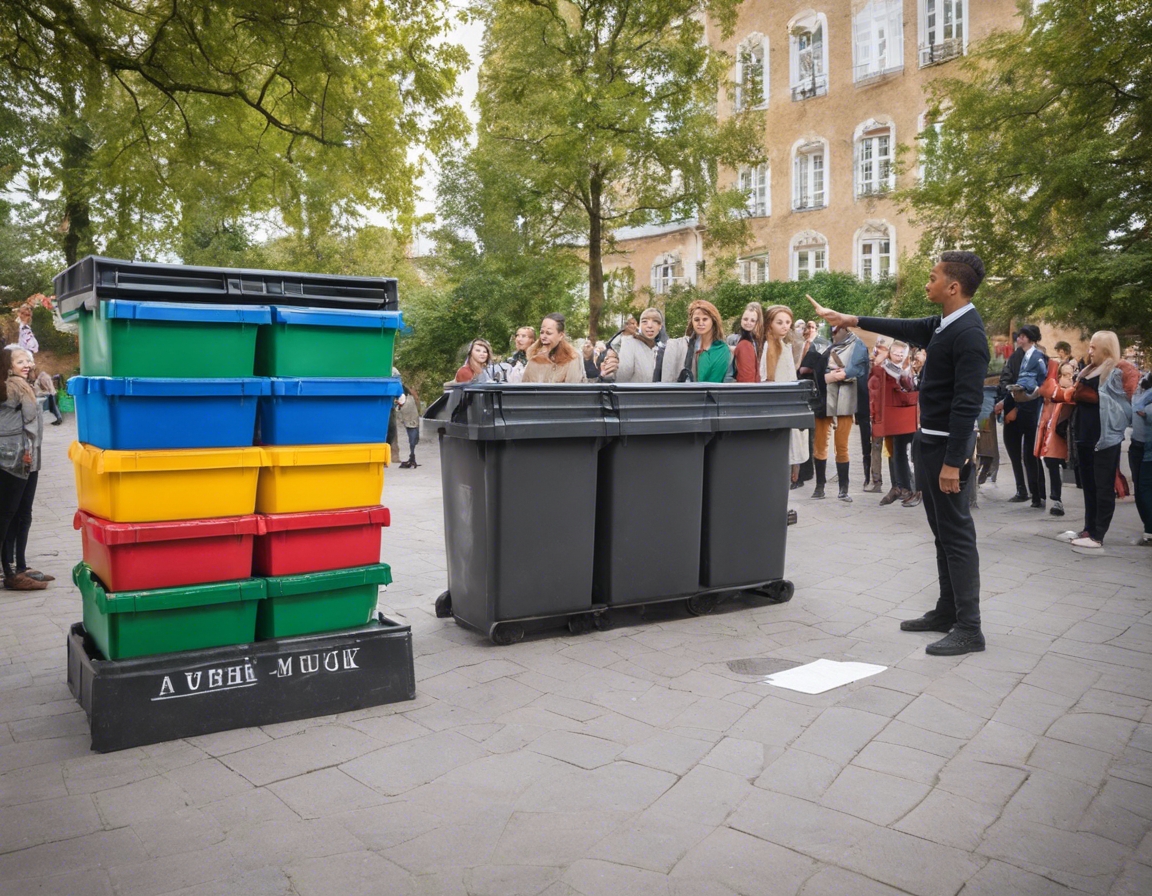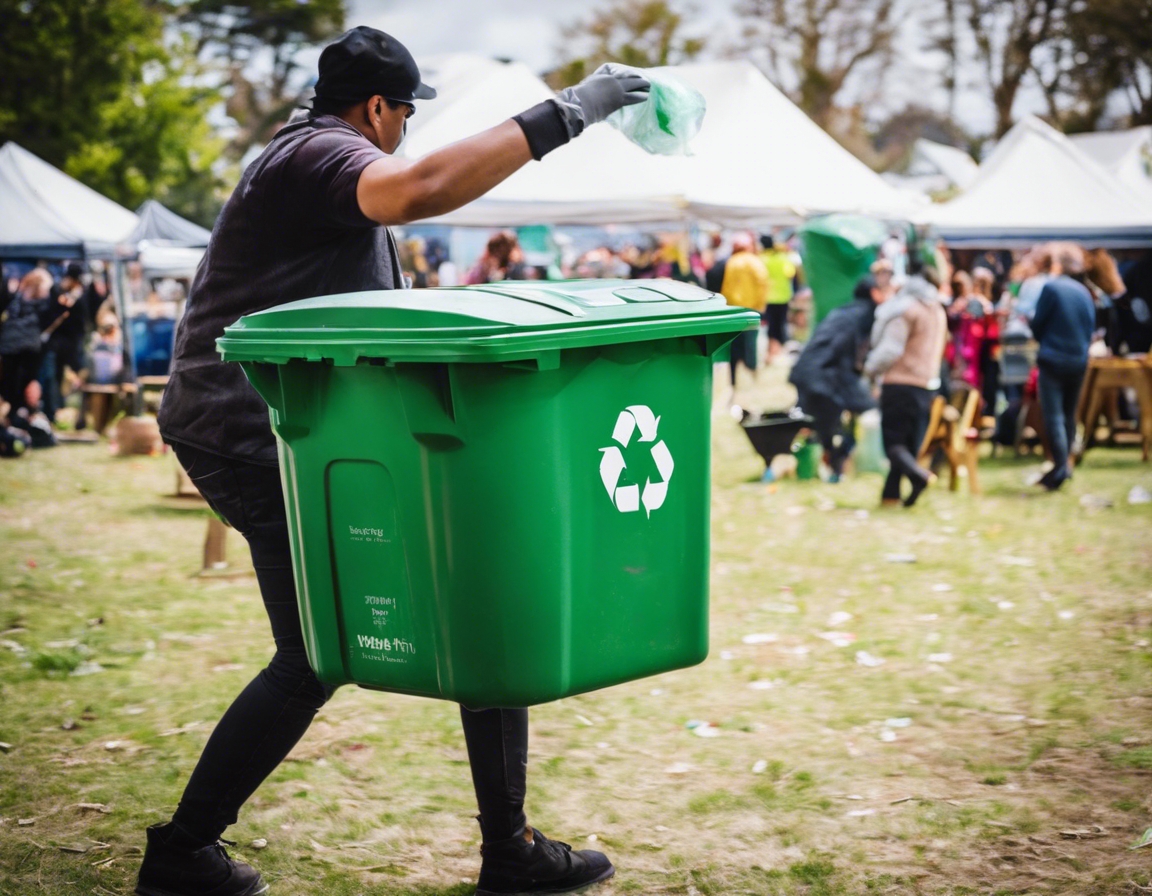The ultimate guide to sorting recyclables efficiently
Recycling is not just a way to reduce waste and conserve resources; it's a critical component of a sustainable business model. By recycling, businesses can significantly reduce their environmental impact, save on waste disposal costs, and even create a positive brand image that resonates with eco-conscious consumers.
Despite its benefits, recycling can be complex and challenging. Contamination of recyclables, lack of knowledge about what can be recycled, and inefficient sorting systems can all hinder the recycling process, leading to increased costs and reduced environmental benefits.
Understanding Recyclable Materials
Recyclable materials typically include paper, cardboard, glass, metals, plastics, and organics. Each material has specific recycling requirements and potential for reuse. Understanding these materials is the first step towards efficient recycling.
Contamination occurs when non-recyclable items or residues are mixed with recyclables. This can lead to entire batches of recyclables being sent to landfills, undermining the recycling effort. Proper sorting is essential to prevent contamination.
Setting Up an Efficient Recycling System
Begin by conducting a waste audit to understand the types and volumes of waste your business produces. This information is crucial for designing an effective recycling system tailored to your needs.
Based on the audit, create a recycling plan that identifies the materials to be recycled, sets goals, and outlines the steps needed to achieve them. This plan should be integrated into your business operations.
Choosing the right bins and clearly labeling them according to the materials they will collect is vital for an efficient recycling system. Color-coding and clear signage can greatly enhance sorting accuracy.
Best Practices for Sorting Recyclables
Encourage sorting recyclables at the point of disposal. This reduces contamination and simplifies the recycling process. Place recycling bins in accessible locations and ensure they are properly labeled.
Training employees on proper recycling practices and the importance of sustainability can foster a culture of environmental responsibility. Engage employees with regular updates and incentives for effective recycling.
Conduct regular audits of your recycling system to identify areas for improvement. Provide feedback to employees and make necessary adjustments to maintain an efficient recycling process.
Advanced Recycling Techniques
Single-stream recycling allows all recyclables to be collected in one bin, while dual-stream requires separation of fibers (like paper and cardboard) from containers (like glass and plastic). Each has its advantages and challenges, and the choice depends on your business's specific needs.
Compactors and balers can be used to reduce the volume of recyclable materials, making transportation and processing more efficient. They are particularly useful for businesses with large volumes of recyclables.
Advancements in recycling technology, such as optical sorting systems and robotics, can further enhance the efficiency of recycling operations. Staying abreast of these innovations can provide a competitive edge and contribute to a more sustainable future.






Comments (0)